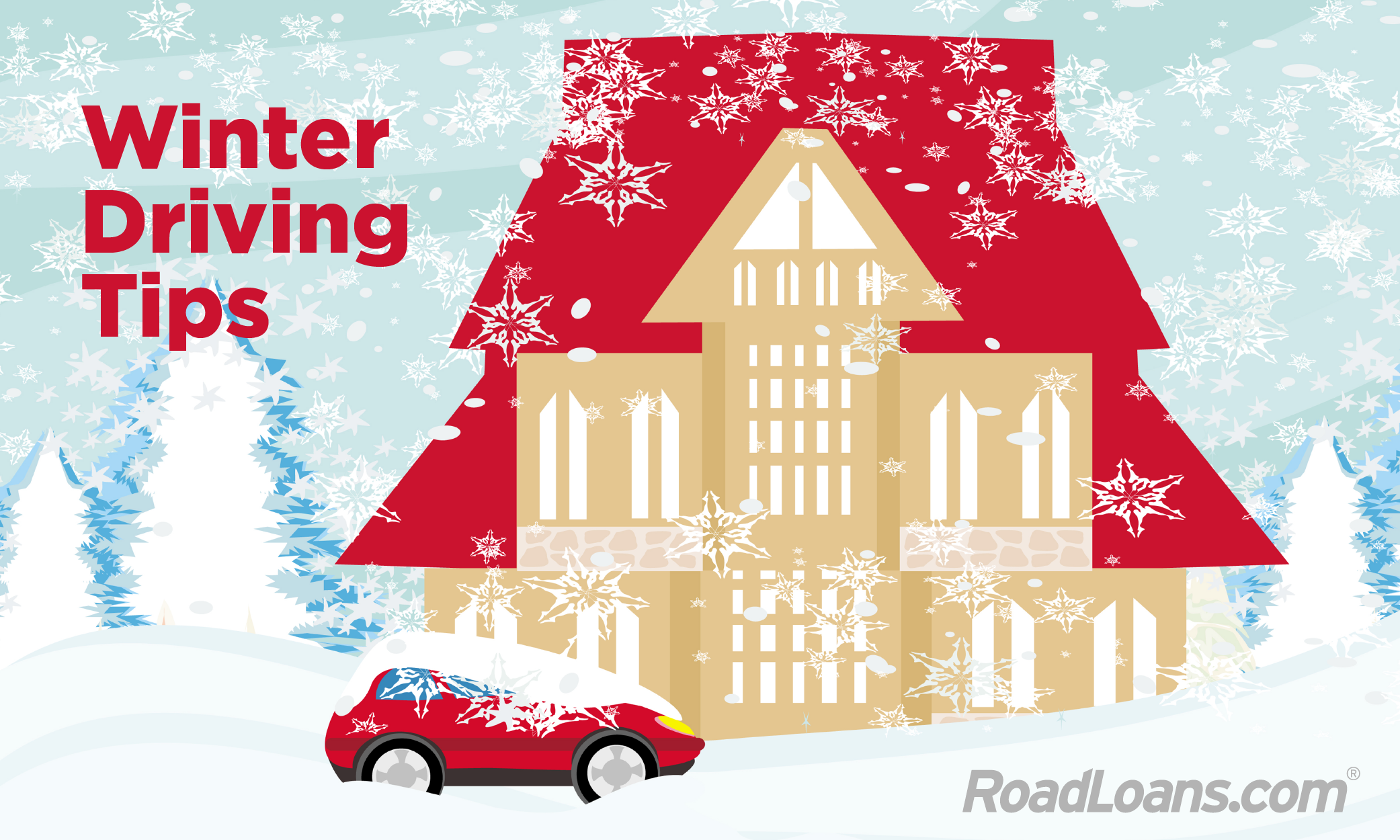
With the onset of winter and the holidays fast approaching, many of us are likely to have wintry road expeditions affecting our holiday plans.
Whether you’ll just be driving across town or your travel plans have more in common with Santa’s, getting on the road at this time can be dangerous.
But with some simple pointers, like accelerating and decelerating slowly when in snow, increasing your following distance and knowing your brakes, you can immediately improve your driving.
Here are some safe winter driving tips for when the weather turns against you.
Vehicle preparation
The cold itself can cause some issues in your vehicle if not properly addressed. The cold air causes your tire’s air pressure to decrease, meaning you will need to check that they remain properly inflated. Consider switching to winter tires that are made to handle low temperatures and have a special tread compound to enhance grip.
Leaving your gas tank at around half full or less also runs the risk of causing freezes in the gas lines of your vehicle. Make sure to check your vehicle’s antifreeze, tire tread, and battery levels as well. The American Automobile Association (AAA) also lists the following tips and more on its website:
- Don’t mix radial tires with other tire types.
- Abstain from using the parking brake in wet or snowy weather.
- Never warm your vehicle within an enclosed area.
What to bring
The added dangers of winter weather demand extra safety precautions even for routine or mundane travel plans. The Occupational Safety and Health Administration has published some guidelines for winter travel and list the following as essentials:
- Flashlight
- Jumper cables
- Abrasive material such as sand, kitty litter, or floor mats (in case your vehicle gets stuck in snow)
- Shovel
- Snow brush and ice scraper
- Warning devices such as flares
- Blankets
They also note that for longer journeys, bringing your own food and water is strongly recommended. While it may seem obvious, a means of contacting someone for help in the case of an emergency is highly recommended as well, so don’t forget your cell phone.
Driving in the snow
Driving in snowy or icy weather has its own set of pitfalls to look out for. Many people want to know by how much to reduce their speed in the snow. The AAA again offers some helpful tips:
- Increase the normal following distance of three to four seconds to eight to 10 seconds.
- Accelerate, decelerate and turn slowly.
- Know your brakes, whether or not they are anti-lock brakes, and how to apply them in the event of an emergency stop (pump the breaks if they are not anti-lock, hold them down if they are).
- Avoid fully stopping in favor of very slow coasting if you can help it.
- If you come to a hill, don’t power up it, but don’t stop halfway, either. As you reach the top, start to slow, then go down the hill as slowly as possible.
- Simply stay home. Sometimes the dangers presented by the weather outweigh the need to go out. If it’s too dangerous, don’t drive.
And what do you do when your car is sliding on ice? Correcting a front-tire skid is easy, advises Edmunds. Smoothly release your foot from the accelerator pedal, leave your hands where they are and allow the car to slow down. Avoid turning the steering wheel and braking.
Dealing with a rear slide is more difficult and requires practice, says the automotive information site. Consider options like practicing at a go-kart track or attending a professional car-control school.
Emergency tips
In the event that you find yourself in an emergency situation in extreme winter conditions, here are some important things to know:
- Always stay with your vehicle if you are stopped or stalled. You will be easier to find, less likely to get lost, and will conserve your energy.
- Mark your vehicle with flares or other brightly colored markings to ensure help can find you.
- For emergency contacts, 911 and 511 (the traveler information phone number) are good to remember. Check the back of your driver’s license for a roadside assistance number.
- Never leave a child unattended in the vehicle.
- Don’t run the engine for extended periods of time in an enclosed space or with the windows up in order to avoid carbon monoxide poisoning.
Driving habits should change with the seasons, and whether you’re planning a road trip to see relatives in snowy parts or encounter difficult conditions on your commute to work, stay safe this season with these winter driving tips.
Written by:

